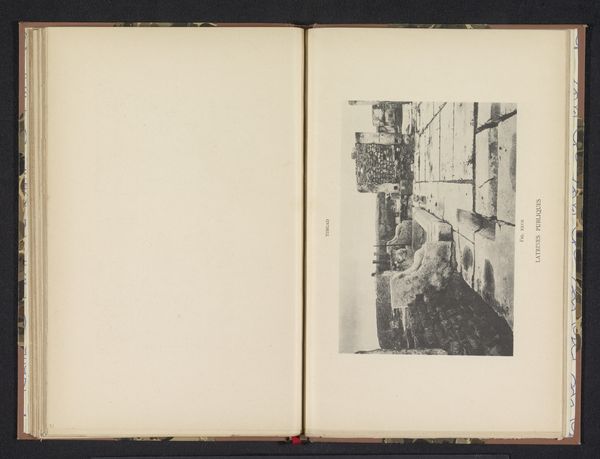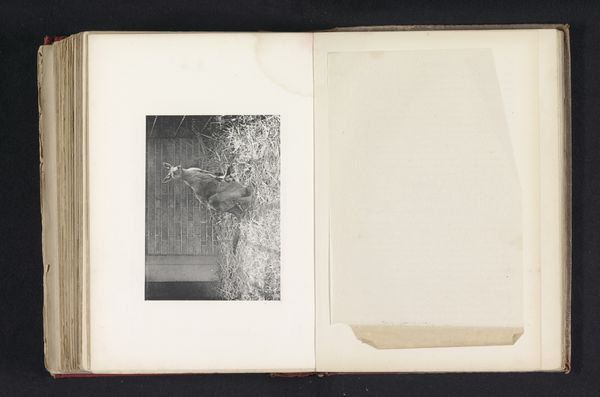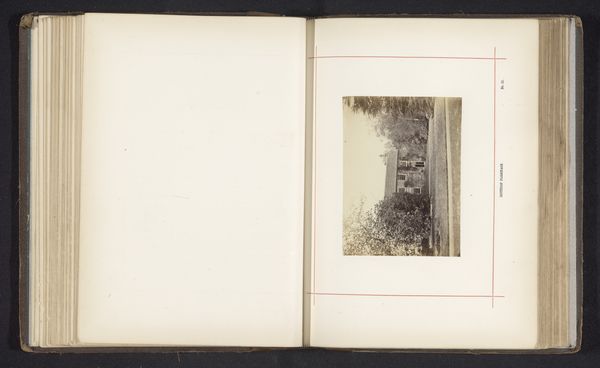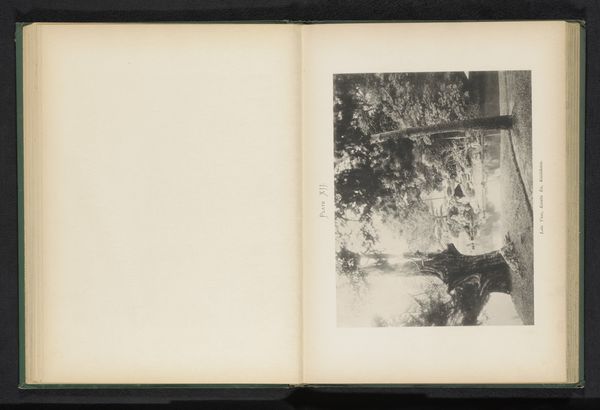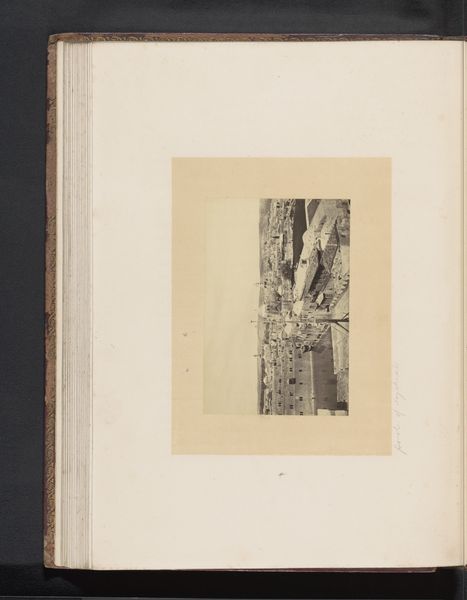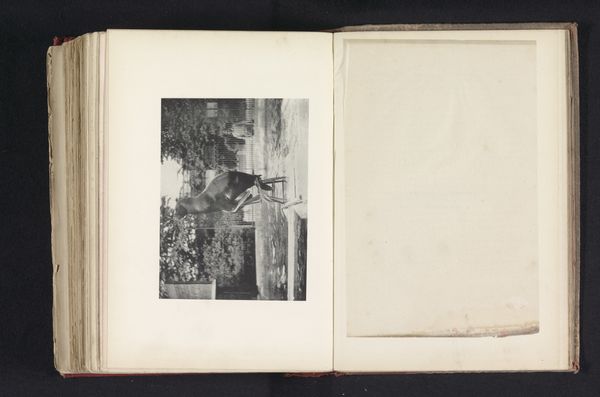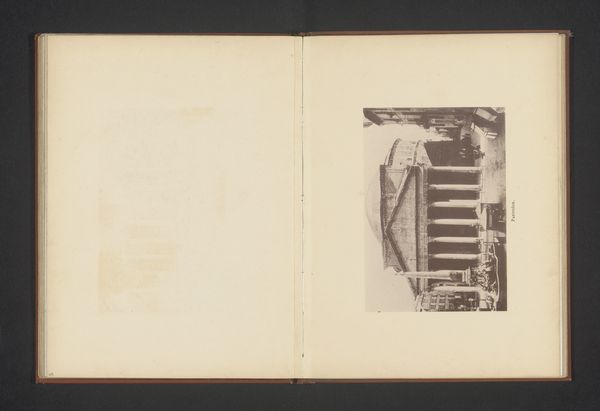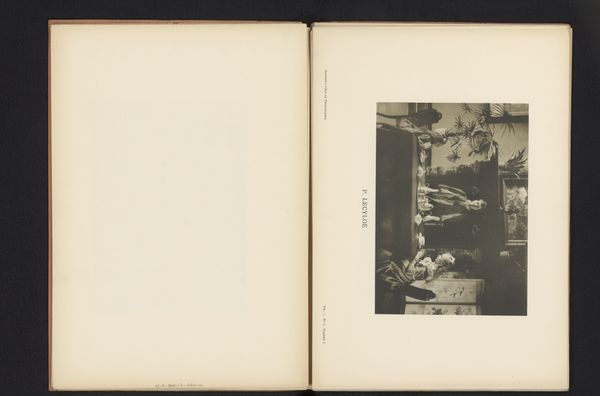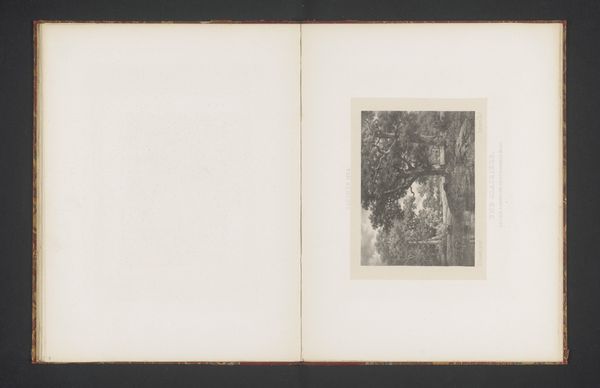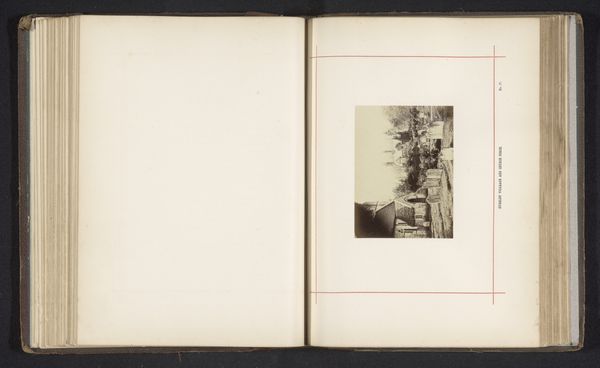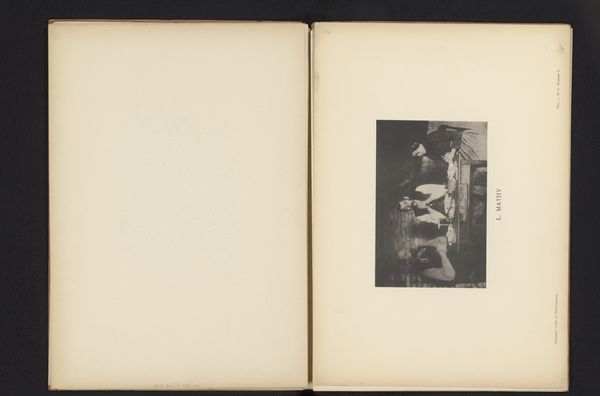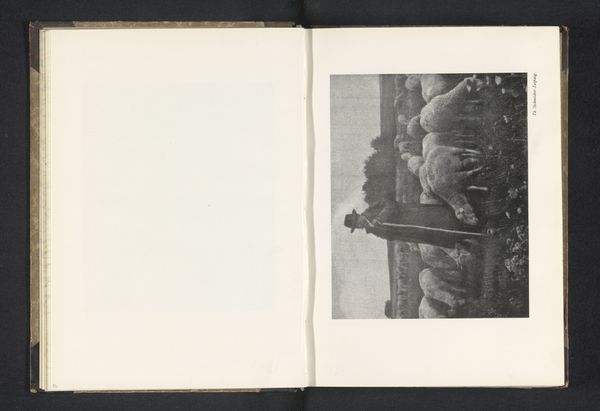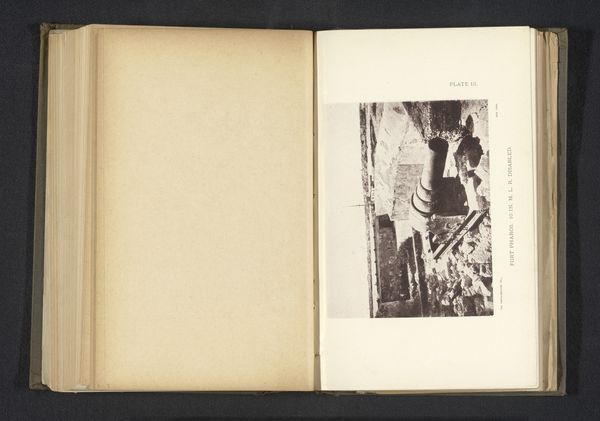
print, photography, albumen-print
# print
#
landscape
#
photography
#
ancient-mediterranean
#
orientalism
#
cityscape
#
history-painting
#
albumen-print
Dimensions: height 102 mm, width 147 mm
Copyright: Rijks Museum: Open Domain
Editor: This albumen print, "View of the Ruins of a Roman Bathhouse at Lambaesis in Algeria," dates to before 1894. The landscape has a melancholy feel. What can you tell me about its historical context? Curator: This photograph is interesting in its portrayal of Roman ruins in Algeria. During this period, European powers, particularly France, were heavily involved in colonial expansion in North Africa. Consider how photography itself became a tool for documenting, studying, and, in some ways, possessing these colonized lands and their histories. Editor: So the act of photographing these ruins has a political dimension? Curator: Absolutely. It wasn't merely about recording history; it was about framing that history through a colonial lens. The ruins represent a past civilization, now ‘discovered’ and documented by Europeans. How might the choice to focus on Roman ruins, rather than indigenous Algerian sites, play into the colonial narrative? Editor: That's a great point. By emphasizing the Roman past, colonizers could claim a sort of historical precedent or even legitimacy in the region, almost erasing the pre-colonial local history. Were these photos intended for a wide audience? Curator: They would circulate through different channels, like scholarly publications, exhibitions, and even personal collections. These images reinforced a sense of European knowledge and control, furthering the orientalist views popular at the time. What’s significant is the way the colonial gaze shapes our understanding, even today, of North African history through images like this. Editor: I hadn’t considered the photographer’s role in constructing a specific historical narrative. Thanks, it’s a new perspective that has changed my view on photography from that period. Curator: And it highlights how the simple act of looking—and photographing—can be deeply intertwined with power dynamics and cultural narratives.
Comments
No comments
Be the first to comment and join the conversation on the ultimate creative platform.
